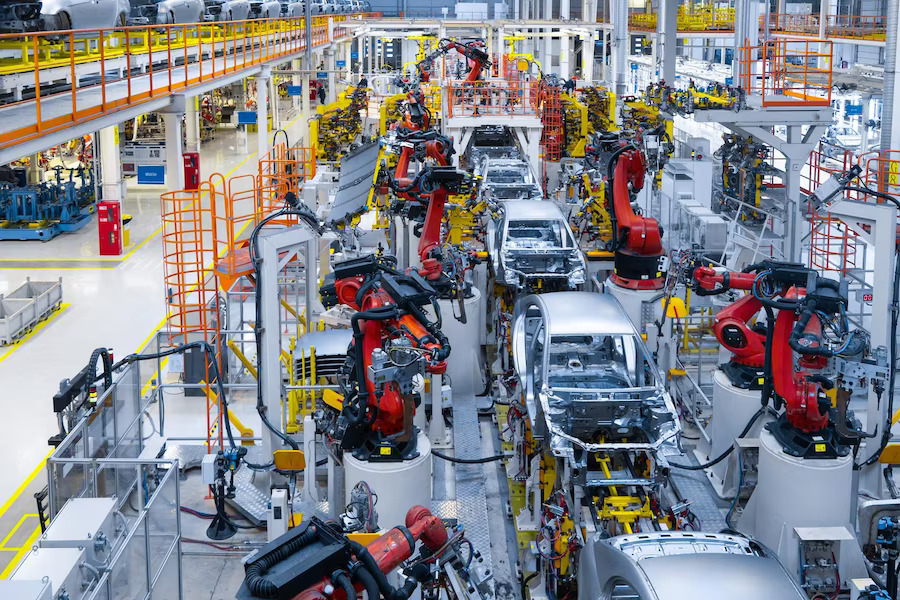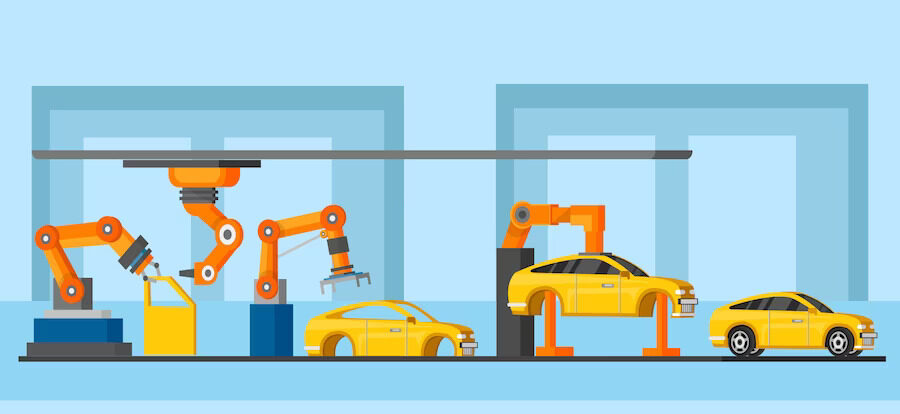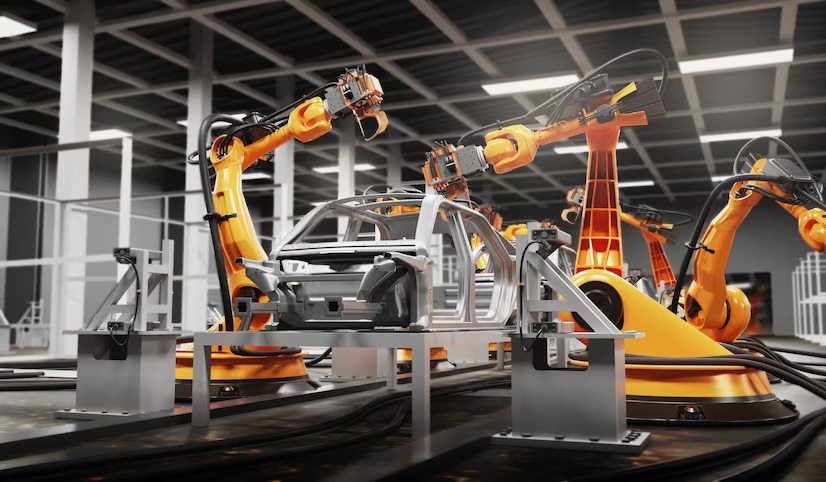The History of the Korean Automotive Industry
Today, South Korea’s automotive industry ranks 7th in the world in terms of auto sales. The market is developing and currently accounts for 13% of total manufacturing output as well as 12% of total employment in the country. However, it wasn’t always so. Let’s review the path South Korea should have taken to become one of the leading car manufacturing countries.
History of the Korean Automotive Industry
How Everything Has Started
Prior to World War II, Korea did not have an automobile industry due to being a Japanese colony. The development of the automotive industry only began after the end of the war and the subsequent division of the country into North and South.
In 1955, the first car produced in South Korea was the Sibal, assembled by Korean businessman Choi Moo-Song and his two brothers. The car was primarily made from parts taken from an old American military repairable jeep. A replica of the Sibal can now be found in the Samsung Museum.
The Korean automotive industry began to develop rapidly in the 1960s. From the start, the Korean automobile industry concentrated on the manufacture and sale of automobiles for the domestic and small-scale export markets. South Korea initially had to import the needed technical knowledge and designs from foreign automakers to support the development of its national industry. By the 1990s, however, South Korea had already become one of the world’s leading automobile exporters.
The government was also highly interested in the development of a competitive automotive industry. So, in 1962, the government passed the “Law for the Protection of the Automotive Industry.” It contained three key provisions: auto assembly companies were exempt from paying taxes; car parts and components were exempt from import duties; and the import of vehicles was prohibited. In addition, foreign car manufacturers were not allowed to operate in Korea except through joint automotive projects. These measures proved effective in drawing in companies from other regions and ultimately led to the formation of new startups in the industry.
A Brand New Page of Development
During the early 1960s, three companies emerged that would eventually become Kia Industry, SsangYong Motor, and Saenara Automobile. Conveyor production was launched in South Korea in 1962, with the founding of Asia Motors following shortly thereafter. In 1968, Hyundai Motor Company was established, with technical support from Ford.
However, at this time, all of these companies were merely assembling cars from imported parts in Korea. Despite this, the industry received significant government funding, and local production grew from less than 20% in the mid-1960s to over 90% by the late 1970s. Additionally, the authorities set a goal to make Korea a leading exporter of cars.
The Hyundai Motor Corporation initiated the commercial automobile manufacturing era in South Korea in 1968. With the rallying support of the government, the brand produced its very first car, the Cortina, in partnership with Ford. In the 1970s, SsangYong Motors soon followed, rapidly expanding the number of participants in the Korean automobile market. Kia Motors joined in the 1980s and began producing compact cars, eventually assembling under its unified management approximately 20 affiliated companies associated with the Korean automobile industry.
Modern Times of Prosperity
The Korean automotive industry has witnessed enormous growth over the last couple of decades, transforming them into one of the world’s leading automobile manufacturers. By 1995, South Korea’s car production had reached 2.5 million and had increased to 3.1 million by 2000, making it the fifth-largest vehicle producer behind Japan, the United States, Germany, and France.
The rapid growth of South Korea’s auto industry was due to a combination of government measures and the success of a few highly motivated entrepreneurs. Additionally, companies that met the government’s goals were provided with the resources needed to continue expanding.
The best example here is Hyundai-Kia Automotive Group, which has built up ambitious programs intending to charge the market completely. Korea received its newest addition to its automotive history when Genesis, Hyundai’s premium brand, made its international debut in 2016. Today, Korean automakers are active in constructing their presence worldwide, further expanding their business perspectives.
The Korean automotive industry has embraced the development of intelligent transportation systems in recent times. Consequently, the industry has been quick to accept automated vehicle technologies to integrate into the vehicles. Hyundai is the leader in engineering automated vehicles that are expected to be commercialized in the future, making Korea a forerunner in the coming revolution of autonomous driving.
Summing Up
The Korean automotive industry has gone through enormous growth and transformation over the years, from a recovering postwar country to the world’s leading car manufacturer. The extensive support from the South Korean government, investments in research and development, and strategic partnerships allowed Korean automotive companies to grow and dominate the global market. They have established themselves as innovators and forerunners in the automotive world, with ambitions to shape the future of the industry.



















